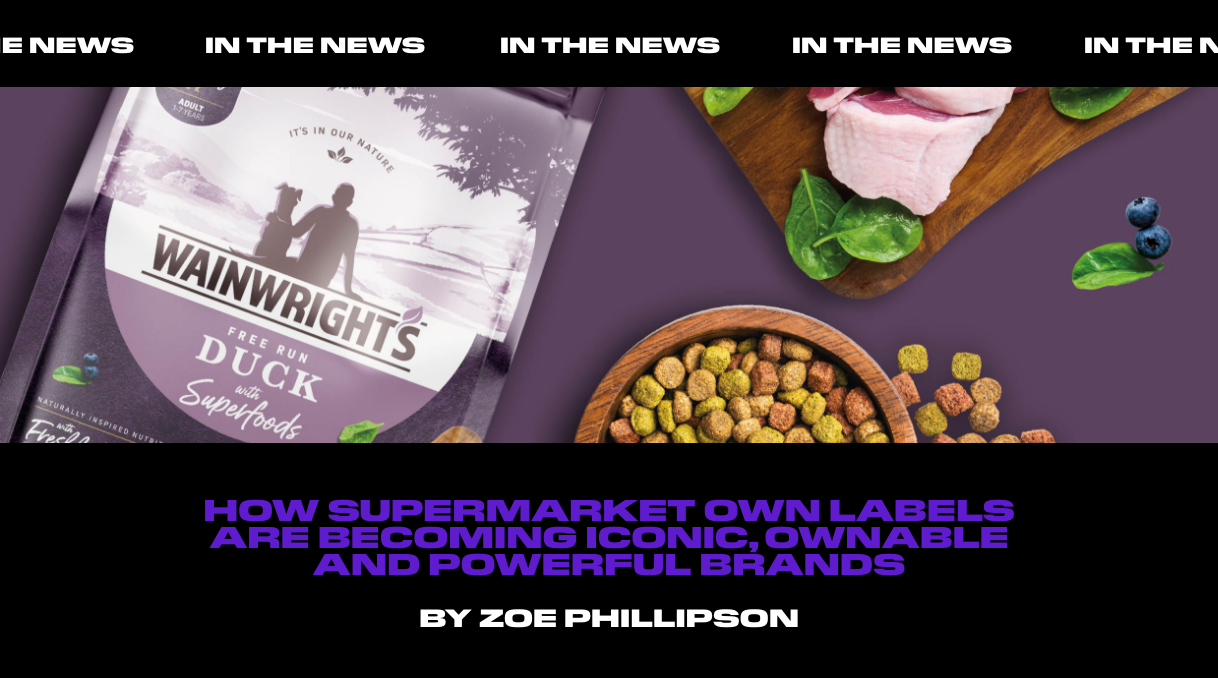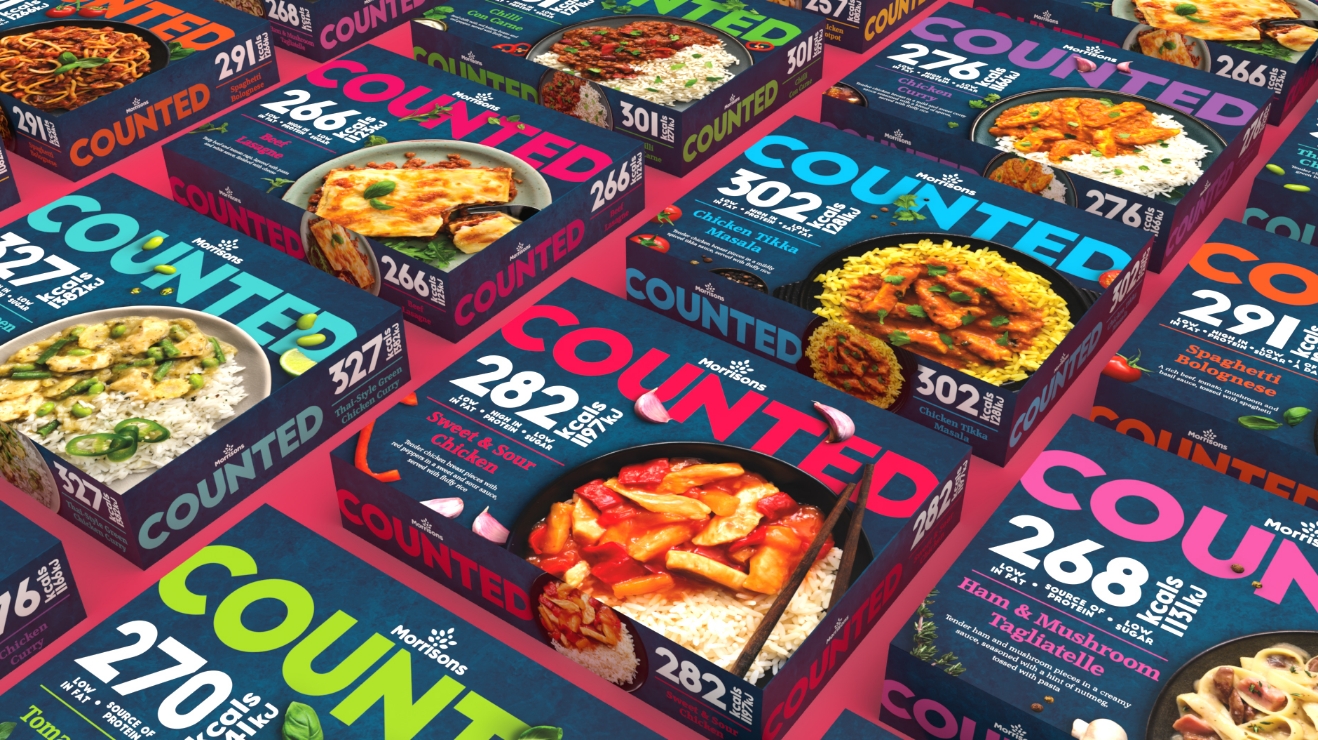As more consumers embrace supermarket own labels, our Managing Director, Caroline Dilloway, shares her thoughts on what it takes to build a successful brand.
Own label is undergoing serious growth, accounted for 54.7% of grocery sales in mid-April, according to Kantar. The biggest boom is in mid-tier, making up an astounding 86.9% of own label [as reported by NIQ]. Far from being a straightforward price / quality offering, own label has evolved into a sophisticated and complex arena where retailers compete for shoppers’ attention and loyalty through creativity, innovation and agility.
At StormBrands, we’re excited by the possibilities of own label and the potential to create ownable, iconic and powerful brands for retailers. In the past, we’ve typically seen our global brand clients be more open (than retailers) to driving progression and moving markets, mindsets and culture. But today we’re finding our growth accelerating approach more heavily adopted by our retail clients than ever before, as they strive to deploy brand-building behaviours that will stand them apart and power penetration for their own brands.
Here are our top six insights on what it takes to build successful own label grocery brands in 2023.
Set out a clear vision and philosophy
It’s never been more relevant to use own label as a representation of the retailer master brand, setting out a clear vision and philosophy. With so many brands now offering a good quality low-priced option, own label has learnt from brands that their reason-for-being must be discernible with a robust foundation that’s worth a consumer driving out of their way for.
Find creative ways to enrich consumers’ lives
These are hard times economically for many, and the most desired own label brands in the eyes of consumers are those that show empathy and understanding for the current reality of their lives. They need to add value and enrich life, even in a small way, beyond simply lower costs to purchase. This means more thoughtful construction of the own label brand, empowering consumers to control budgets. As well as on price, this could be through relevant portion sizes, re-sealability, multi-use or longer use-by dates.
The brand story must be multi-dimensional
Own label caters for a much broader spectrum of consumers than a brand and often spans multiple categories. It’s therefore crucial to imbue a multi-dimensional story to own brand to play a broader role in a consumers’ life.
Delineate the story between tiers clearly
In the past, own label tiering often worked through distinction in product quality. But this can be dangerous because all levels carry the badge of the retailer and can therefore denigrate overall. Distinction between the tiers of own label is an ongoing challenge and one that retailers are rightly, heavily focussed on. Those that deploy the tiering strategy successfully are those with a cohesive master brand story and a clear delineation of story between the tiers.
Be a force for good
When it comes to trading up to premium range, it’s arguably more difficult than ever to succeed here, as the market is so crowded with viable alternatives. A consumer needs to believe in the retailer as a holistic force for good, with aligned values around sustainability, fairness throughout the supply chain and ultimately the pricing strategy.
Answer variable need states
Effective premium differentiation is about driving change in consumers’ mindsets and providing answers to variable need states. This enables constant re-evaluation of the retailer and their role in a forever-changing world.
You don’t need a brief to start a conversation.
getintouch@stormbrands.co




